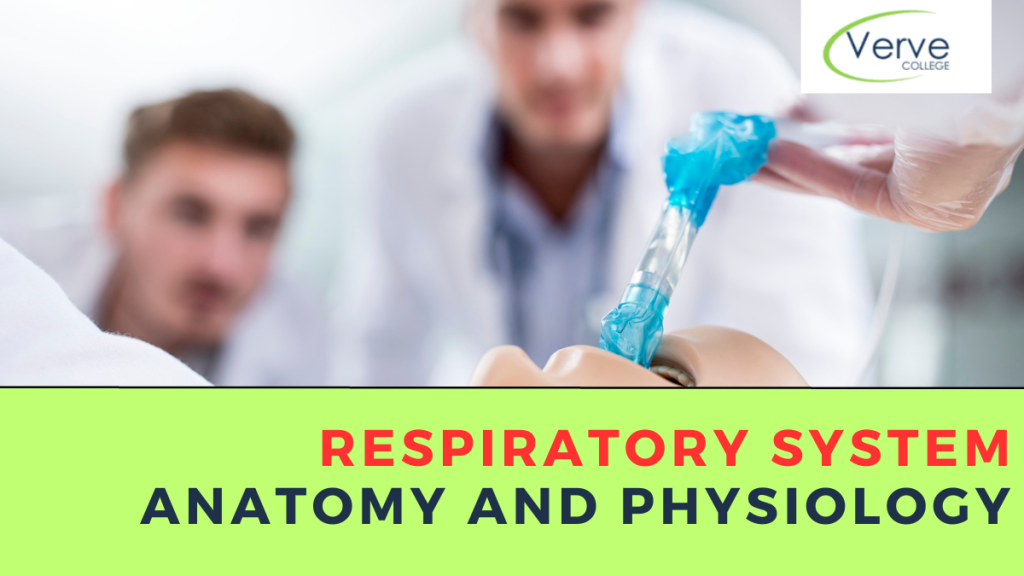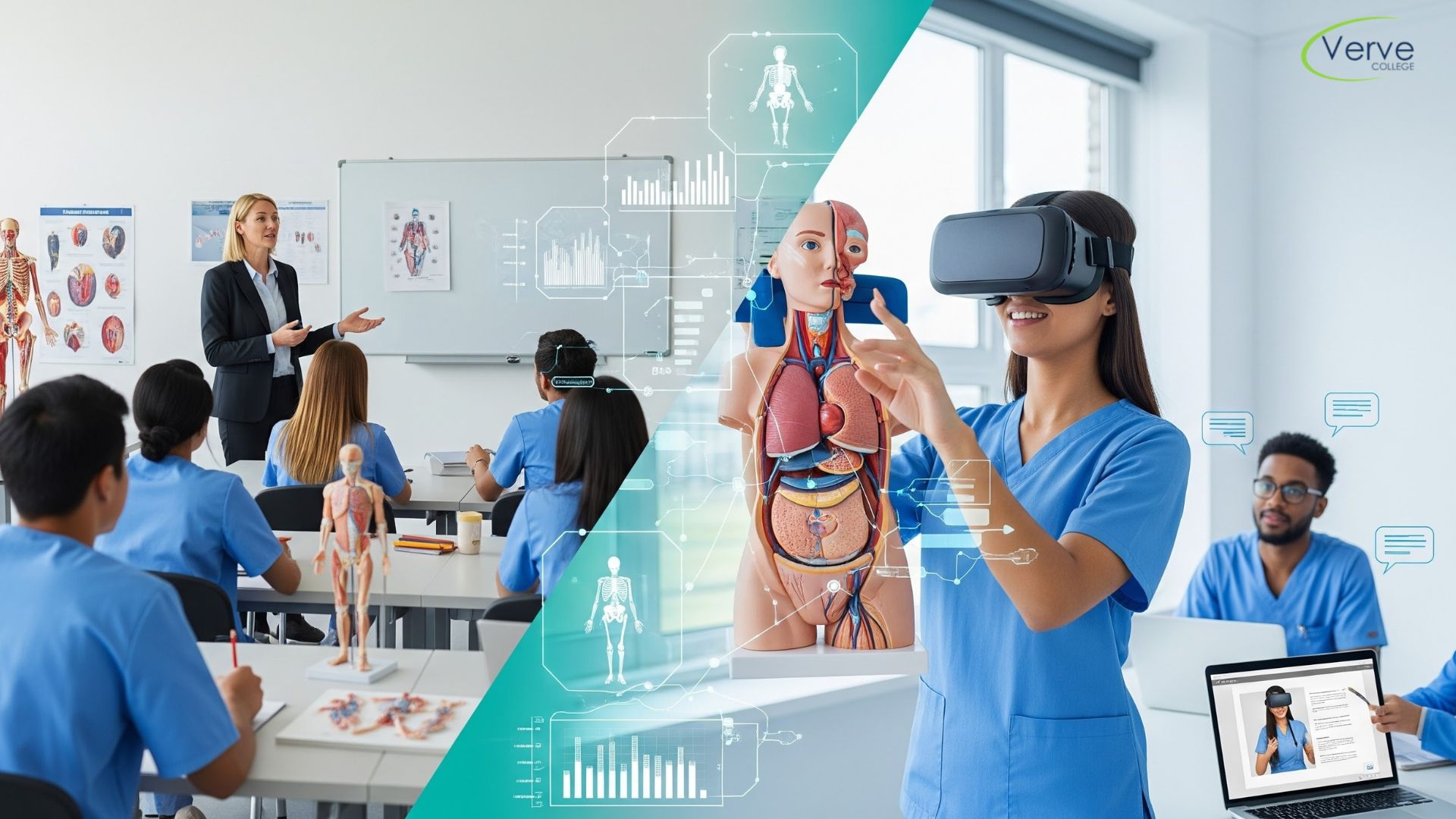- Oak Brook:(630) 705-9999
- Chicago:(312) 920-8822
- Email:inquiry@vervecollege.edu
- Make a Payment
- Home
- Programs
- Admission
- Resources
- ATI Entrance Exam Resources
- New E-Digital Library
- Refer a Friend
- School Newsletter
- Events
- Employers
- Job-Network
- Alpha Beta Kappa Candidates
- Verve College Library
- Graduation and Pinning Ceremony Photo Galleries
- Textbook Information
- Career Services
- Tutoring
- School Catalog
- FAQ
- Constitution Day Program
- Alumni
- Verve College Plans
- Financial Aid
- HEERF Reporting
- Satisfactory Academic Progress
- Apply For Financial Aid
- Net Price Calculator
- Return of Title IV Funds (R2T4)
- Financial Aid Office Code of Conduct
- Contact
- FAQs
- Verification Policy
- Vaccination Policy
- Student Right-to-Know Act
- Misrepresentation
- Information Security Program
- Academic Award Year
- Availability of Employee
- Cost of Attendance
- Health & Safety Exemption Requirement
- Students Rights and Responsibilities
- Leave of Absence
- Pell Formula
- Military Students
- Grants/ Scholarship Policy
- Contact Us
- Testimonials
- Blog
Is a Nursing Career Right For You?
Take The Free Quiz
Respiratory System Anatomy and Physiology: A Quick Guide
Respiratory System Anatomy and Physiology: A Quick Guide
Each group of components has multiple separate parts. Your airways carry air to your lungs. Your airways consist of a complex body system, which includes the Department of Anatomy: Here you can get to know about the respiratory system:
What Are the Components of the Respiratory System?
- Mouth & nose: Openings that pull air into the respiratory system from outside which you can see in physical examination.
- Sinuses: Hollow areas between the bones of your skull that regulate the temperature and moisture of the air you breathe.
- Pharynx: Tube that carries air from the mouth and nose into the trachea.
- Trachea: Passage between your throat and lungs.
- Bronchial Tubes: Tubes that run from the end of your windpipe to each lung.
Your bloodstream delivers oxygen from your lungs to your organs, tissues, and other body parts. The muscles and bones in your respiratory system help you move air into and out of the lungs To know more search anatomy and physiology course near me for human anatomy and physiology courses with a physical examination. The respiratory system includes:
- Diaphragm: Muscles that help your lungs pull air in and out.
- Ribs: Bones surrounding and protecting your heart and lungs.
Read More:- Is Anatomy and Physiology Hard
Your blood transports carbon dioxide and other wastes out of your body when you exhale. The lungs and blood vessels are also composed of:
- Alveoli: Tiny air sacs within the lungs that exchange oxygen and carbon dioxide.
- Bronchioles: Small branches of the bronchial tube that lead to alveoli.
- Capillaries: Blood vessels found in the alveoli walls and move oxygen and CO2.
- Lung Lobes: Sections from the lungs – three lobes on the right lung and two on the left.
- Laura: Thin membranes that separate the lungs from your chest wall. For more details about anatomy classes near me for educational experience in the department of Anatomy medical students.
Respiratory System: Human Physiology
The respiratory system’s main function is to provide oxygen to the body and remove carbon dioxide. Four separate events, collectively known as respiration, must occur for this to happen in human physiology.
- Pulmonary Ventilation: The air must be moved into and out of the lungs to constantly refresh the gasses. This process is called breathing.
- External respiration: Gases exchange between pulmonary blood alveoli must occur.
- Transport of respiratory gases: Oxygen, carbon dioxide, and other gases must be transported from and to the lungs and the tissue cells in the body through the bloodstream.
- Internal respiration: Gas exchanges between tissue cells and blood must occur at systemic capillaries.
Respiratory Volumes and Capacities
- Tidal Volume: Normal quiet breaths move approximately 500 ml of air in and out with each breath.
- Inspiratory Reserve Volume: This is the amount of air that can be forced over the tidal volumes.
- Expiratory Reserve Volume: Amount of air that can be exhaled forcibly after a tide expiration.
- Residual Volume: Even with the most vigorous exhalation, 1200 ml of air remains in the lungs. This is known as residual volume.
- Vital capacity: This respiratory capacity equals the sum of tidal volumes, inspiratory reserves, and expiratory reserves.
- Functional Volume: A functional volume is an air that reaches the breathing zone and contributes to gas exchange.
- Spirometer: Spirometer. As a person exhales, an indicator shows the change in air volume within the apparatus. To know about anatomy and physiology classes you can visit verve college Chicago for medical education and clinical experience to get interactive anatomy and human physiology.
Want to Make a Career in Nursing? Get More Information About Our Courses!
Conclusion
Learning the respiratory system in anatomy is essential for individuals and healthcare professionals. The respiratory system and the importance of anatomy and physiology are crucial in order for the human body’s proper functioning.
 Sign up
Sign up Login
Login




